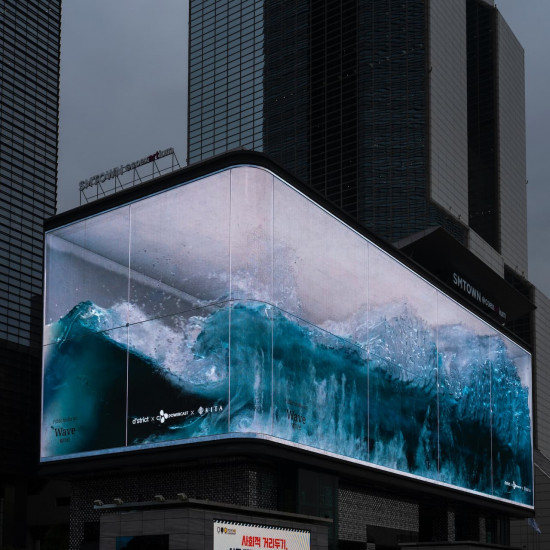
For centuries, outdoor advertising has helped marketers build brand awareness and increase sales. How will it continue to evolve over the next few years?
From billboards and bus shelters to screens in elevators and airports, OOH has proven effective and reliable over the decades. Other media rise and fall, but OOH remains timeless. From wall carvings in ancient Rome to giant digital billboards, it is and always will be a key part of the marketing mix.
Sometimes, however, slow and steady growth isn't enough. Given the scale of the opportunity, it is expected to grow much faster in the coming years.
The combination of mass audiences and rapid technological change should lead to extraordinary revenue growth in the coming years. Here are six factors that could drive this growth over the next four years:
- IMPROVED MEASUREMENT
OOH is expected to continue to improve in measurement and analytics in the coming months, making it even more comparable to other media. OOH advertisers can now track and measure the effectiveness of their campaigns in near real-time, providing them with valuable data on audience reach, engagement and conversion. This has made OOH advertising more accountable and transparent, making it easier for marketers to justify increased investment.
2. CONTEXTUAL TARGETING
Data privacy regulations should increase the importance of contextual targeting for all marketing channels. OOH's ability to hyper-target locations and dayparts, especially in digital formats, makes it a powerful contextual medium. Whether it's retail advertising near a store or reaching sports fans near a stadium, OOH provides marketers with a powerful set of signals to reach the right audience at the right time. OAAA research has shown that when consumers noticed directions to a store or restaurant in an OOH ad, 43% of them visited within 30 minutes, and of those consumers, 78% made a purchase - putting OOH messages at a critical decision point.
3. CREATIVE INNOVATION
OOH has always been a hotbed of creativity and innovation in terms of format, design and communication. As technology costs continue to fall, OOH advertisers are finding new ways to engage consumers and create immersive experiences that leave a lasting impression. From augmented reality to 3D displays, OOH advertisers are pushing the boundaries of what's possible in public space. Powerful creative enables marketers to break through cluttered environments and make OOH advertising memorable. An OAAA study showed that 88% of consumers noticed an OOH ad and 76% conducted a mobile search based on an OOH ad.
4. PROGRAMMATIC INTEGRATIONS
New technologies enable programmatic buying of OOH advertising on a similar basis to other digital advertising. With programmatic buying, advertisers can purchase OOH inventory in real-time, allowing them to target specific audiences with precision and accuracy. Easier buying through omnichannel DSP (Demand Side Platform) combined with better metrics should inevitably lead to faster growth.
How is AI changing programmatic advertising?
At DOOH, AI is emerging as an inherent tool that is revolutionizing programmatic advertising. With the ability to automate and analyze massive amounts of data, programmatic advertising is becoming more effective and targeted than ever before. AI is transforming programmatic advertising and let's take a look at what benefits and challenges this evolution brings:
5. ENVIRONMENTAL AND SOCIAL IMPACT
Much of the world's OOH advertising helps fund critical infrastructure, including bus stops, bike sharing, and transportation systems. Brands can declare their commitment to e.g. green products by spending on transport-related programmes. In this way, OOH fulfils its marketing and communication objectives, and campaigns allow the brand to communicate its societal contribution.
6. IN REAL LIFE REBOUND
During the pandemic, we learned that there is no substitute for real life. The revival of cities after COVID has become a driver of OOH growth: people are returning to public spaces and renewing their daily habits, OOH advertisers have a unique opportunity to reach consumers in new and innovative ways. Consumers are making new choices in work, shopping behaviour, etc., and marketers now have the tools to influence this new consumer behaviour through OOH.
Many of these trends already existed before the pandemic. OOH even had its best year ever in 2019 (7.5% growth) and surpassed it by growing to $8.6 billion in 2022. The rapid rebound after the pandemic is not just about recovery, but also about catching up to natural growth rates. Even as the overall advertising market has shrunk, OOH has continued to grow, indicating the inherent growth of the medium.
In 2024, OOH should continue to grow strongly, and when the overall advertising market recovers in 2024 and beyond, it should be set for strong growth in the future.
Image: Unsplash, Jongdae Park
Back to blog